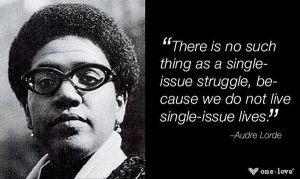My project came a long way from the beginning, and I am still figuring out where I am going with all the data I have and how best to use it. I narrowed down my topic a lot to the second migration of the Somali Refugees. I started looking at the refugee resettlement process of the Somali refugees from home to the US. That was going to be a lot of work and a big topic to finish in six weeks. I have been fortunate to find good information on the secondary migration of refugees in general also for Somali Refugees. I am finding out there is limit statistical data on the numbers of families moving to new places after the initial placement. Something very interesting about secondary migration is the freedom and agency it gives refugees after they come to the US. For that reason, some times it is hard to keep track their movement.
Because of that, I am not sure exactly what data I am going to use for my visual project. I am thinking using StoryMap JS to make narrative map of the movement and personal stories of specific refugees. We are already half way through our project, and it is nerve racking that I am still changing my tools and data set. This week I am working on establishing a draft of my project, so I can see what more data I need to collect.
I emailed Catherine Besteman, the anthropologist who wrote on the books I am reading; she is unfortunately out of office, so I was not able to hear back from her.However, I was able to meet with professor Smith who is helping me with this project. She helped me revise and make my thesis clearer. One of my teachers in high school is working at a resettlement agency in Chicago, and I asked her about what are the policies of secondary migration and if her agency keeps track the movement of refugees after their initial placement. She said, “Resettlement agencies tend to discourage outmigration [secondary migration] as time and money are spent on the refugees’ behalf prior to their arrival” and “refugees have freedom of movement in the US so it’s completely up to them where they move once they’re here.” She gave me couple websites to check for data too , so that has been something positive this week.
